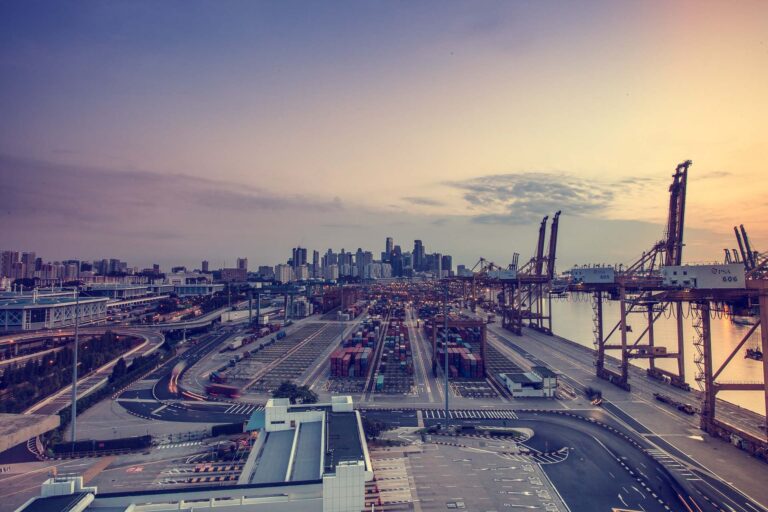Introduction
In marine logistics, where precision and timing are everything, companies often focus on fuel costs, staffing, and regulations. But there’s another major expense hiding in plain sight: outdated IT infrastructure.
Having worked with logistics providers—particularly in maritime and port operations—I’ve seen how legacy systems quietly drain efficiency, slow communication, and limit business growth.
Let’s explore the hidden costs of outdated infrastructure in marine logistics—and what you can do to fix it.
⚓ 1. Delayed Data = Delayed Decisions
Marine logistics is dynamic: cargo routes change, weather disrupts schedules, customs delay paperwork.
But when companies rely on disconnected systems (or worse, spreadsheets and email), decision-making is reactive—not real-time.
Hidden Cost:
- Delays in routing adjustments
- Missed handoffs or port slots
- Lost productivity due to lagging visibility
Cloud-based dashboards with real-time updates across the fleet can eliminate these bottlenecks.
📉 2. Poor Integration Means Double (or Triple) Work
Legacy systems often don’t talk to each other. This leads to:
- Manual data entry between systems
- Human error in reporting
- Wasted hours chasing down files, manifests, or approvals
Hidden Cost:
- Labor inefficiencies
- Compliance risks
- Slower service delivery
A modern, API-driven architecture lets port software, tracking systems, and ERPs sync cleanly and automatically.
🔐 3. Security Vulnerabilities
Older infrastructure often lacks:
- Role-based access
- Encryption standards
- Timely patches or updates
In an industry where sensitive data like manifests, billing, and regulatory documents are constantly exchanged, this is a serious liability.
Hidden Cost:
- Risk of data breaches
- Insurance hikes
- Reputational damage
Cloud platforms like AWS or Azure provide enterprise-grade security and compliance out of the box.
🛠️ 4. Lack of Scalability
Marine logistics companies often grow through acquisitions or territory expansion. But outdated systems can’t scale without major overhauls.
Hidden Cost:
- High IT overhead to “patch and extend”
- Limitations on system users, capacity, or geographic reach
- Inability to onboard new operations quickly
Modern infrastructure is elastic—designed to grow with you, not against you.
🧭 A Real-World Perspective
In one project, I helped a logistics company transition from a patchwork of local servers, Excel workflows, and outdated port software to a cloud-native platform that:
- Unified data sources
- Enabled real-time vessel tracking
- Automated reporting and alerts
- Offered clients self-service access to shipment statuses
Within months, downtime dropped, reporting accuracy rose, and employee stress dropped. The ROI was immediate—and measurable.
Final Thoughts
Marine logistics is built on precision. But when your infrastructure is outdated, even the most efficient operations suffer from lag, waste, and risk.
Upgrading to modern, cloud-based systems isn’t just about IT—it’s about improving reliability, profitability, and long-term resilience.
If you’re in the industry and still running on legacy tech, it’s time to ask:
“What is it really costing us to stay the same?”
Leonidas



